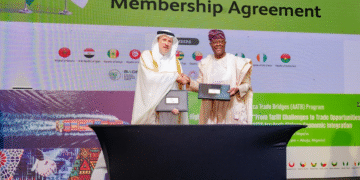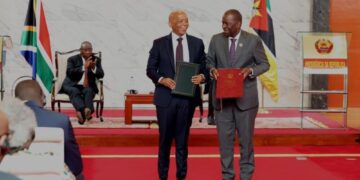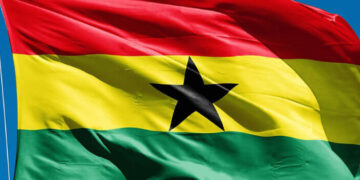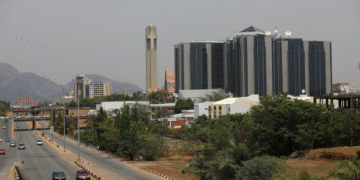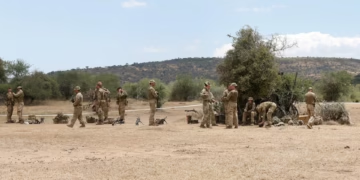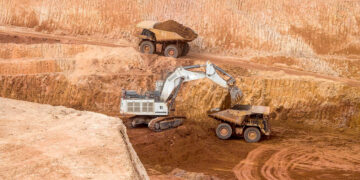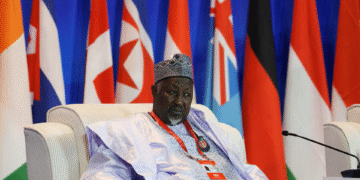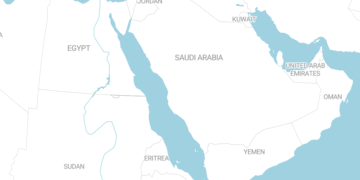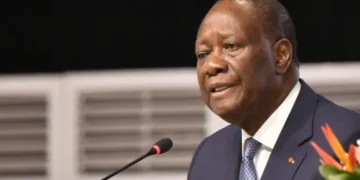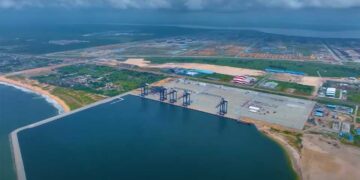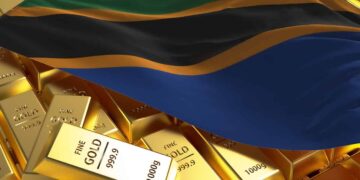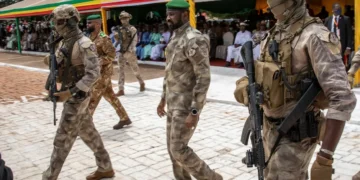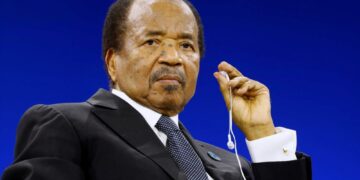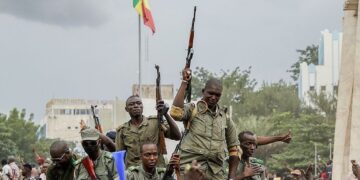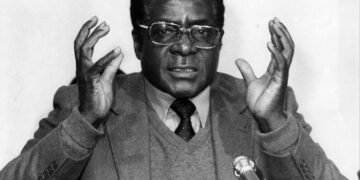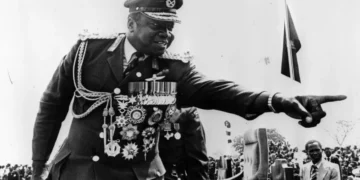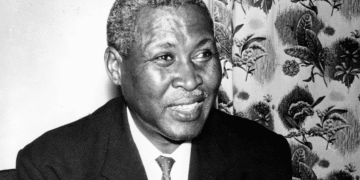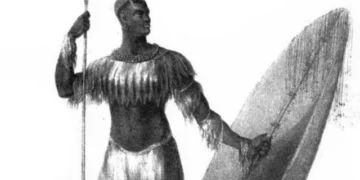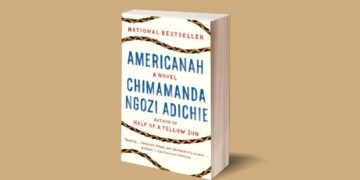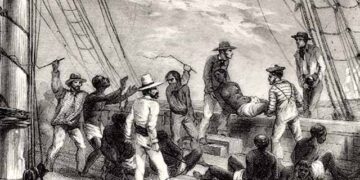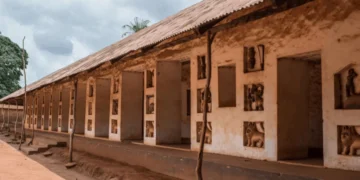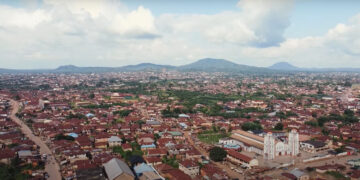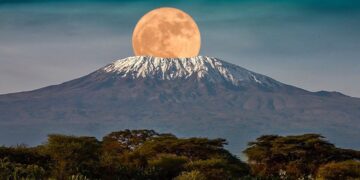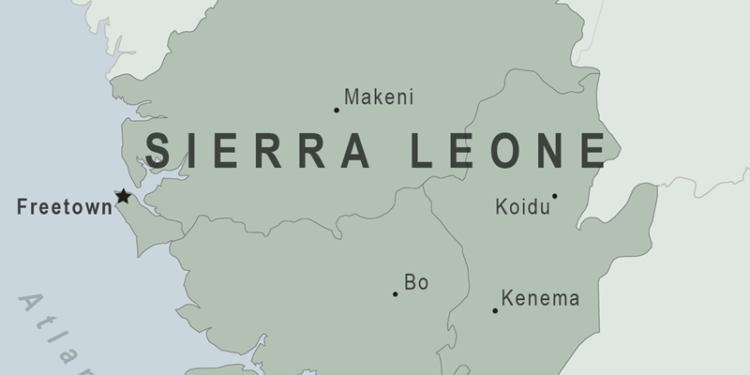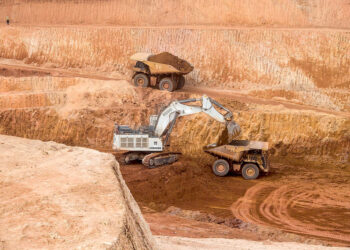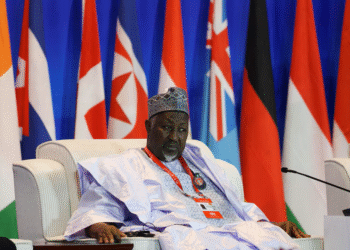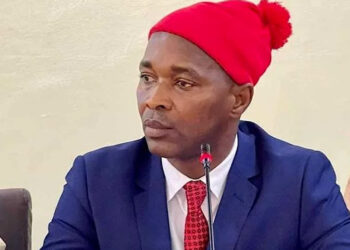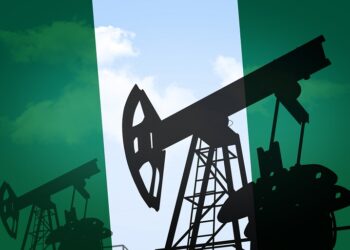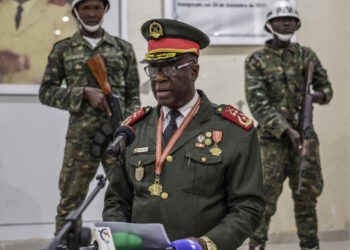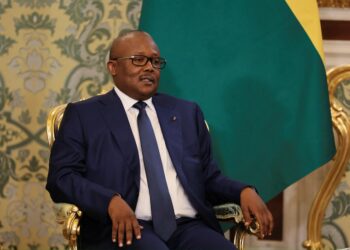Guinea and Liberia are the neighbors of Sierra Leone, which is situated on the Atlantic coast of West Africa. On April 27, 1961, Sierra Leone gained its independence after decades of British rule. English is widely spoken across the nation because it is the language of government, education, and business.
Archeological discoveries revealed that people have lived in Sierra Leone for at least 2,500 years. The country takes its name from the Portuguese explorer Pedro de Sintra who named the country “Serra Leoa” (Lion Mountains) due to the impressive hills he saw while sailing along the West African coast in 1462.
Sierra Leone was a major hub for the transatlantic slave trade in the sixteenth century. The country was one of the first locations where Africans who had been enslaved settled. Its capital city, Freetown, was founded as a home for repatriated and rescued former enslaved Africans in 1787. In 1808, the British intensified their efforts to abolish the slave trade by establishing a naval unit off the coast of Sierra Leone and a court in Freetown to prosecute the crews of captured slave ships. These actions led to the liberation of approximately 84,000 enslaved people, who moved to the hills of the Western Area Peninsula National Park.
Within the Western Area Peninsula National Park is the Tacugama Chimpanzee Sanctuary. Founded in 1995 by a Sri Lankan native,, the sanctuary rescues and rehabilitates endangered primates. Sierra Leone is one of 27 countries that doesn’t have any UNESCO World Heritage Sites. However, it does have six properties on the Tentative List that are intended to be submitted for nomination. The Outamba-Kilimi National Park, a tract of savannah and jungle in Sierra Leone, is home to highly diverse wildlife including primates such as chimpanzees, colobus monkeys and sooty mangabeys as well as hippos, bongo antelopes, buffalo, forest elephants and over 150 species of bird. Tiwai Island in Sierra Leone is one of the few remaining tracts of ancient rainforest in West Africa. The name means ‘Big Island’ and the entire island is a nature reserve known as Tiwai Island Wildlife Sanctuary.
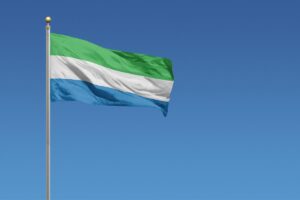
With a population of 7,866,475 and a total land area of 27,869 square miles, the nation has a very long history which can be traced back to the time of its first inhabitants some 25,000 years ago. Sierra Leone is a culturally diverse country, home to approximately 18 ethnic groups, with the Temne and Mende peoples being predominant. The Kono and Kisi in the east; the Sherbro in the southwest; and the Limba, Kuranko, Susu, Yalunka, and Loko in the north are other significant ethnic groups in the country. The Fulani and Malinke, who are immigrants from Guinea concentrated in the north and east, are minor groups, as are the coastal Bullom, Vai, and Krim. The Creole people, descendants of freed African-American, Afro-Caribbean slaves and liberated Africans, constitute about 1.2% of the population.
One of the indigenous scripts in Africa is the Vai script, which is used in Liberia and Sierra Leone. Some of the regional languages have been translated into Arabic, while others, particularly in the Muslim regions in the north, are written in European script.
The mother tongue of the Creoles and the lingua franca of Sierra Leone is Krio, a language that is a combination of English and other African languages. The Mande group, which comprises Mende, Kuranko, Kono, Yalunka, Susu, and Vai, is the largest in the Niger-Congo language family. Temne, Krim, Kisi, Bullom, Sherbro, and Limba make comprise the Mel group. The official language, English, is utilized in business, education, and administration. Arabic is spoken among Lebanese Muslims and traders. In indigenous languages like Mende and Temne, school textbooks, informational bulletins, and collections of folktales are published.
The majority of people in Sierra Leone work in subsistence farming, but the country is also a mining hub. Its terrain produces rutile (titanium dioxide), bauxite, gold, and diamonds. Internal conflict crippled the country from the late 1980s onward, culminating in a brutal civil war that took place from 1991 to 2002. The government of Sierra Leone has faced the difficult challenge of restoring the nation’s social and physical infrastructure while promoting reconciliation ever since the conflict ended.
Rice is the staple food of Sierra Leone with most local citizens eating it as part of almost every meal. Popular dishes in the region include kukhri (rice and sauce) and jollof rice (fried rice cooked with beans and spicy onion sauce). Rice makes up such a significant part of the diet in Sierra Leone that it is common for locals to note, “If I haven’t eaten rice today, then I haven’t eaten!” Other local dishes include plassas (balls of fried dough with plantains and gravy), groundnut stew (made with meat, onions, tomatoes, and peanuts), krinkrinand fish balls, and yebe (a stew cooked with traditional Mende spices, cassava, yam, chicken, onions, stock, and chilies). Popular beverages in Sierra Leone include non- alcoholic ginger beer, locally made Lager called Star beer, and poya which is made from the sap of palm trees.
About two-thirds of the population are Muslims, while about one-fourth are Christians. Less than one-tenth of the population practice a variety of traditional religions. A further 1% of the population practices traditional African religions such as those based on indigenous beliefs. As a secular state, Sierra Leone’s constitution (adopted in 1991) supports freedom of religion and as a result, religious violence is rare in the country. Both Muslim and Christian holidays are observed in Sierra Leone including Christmas, Easter, Eid al-Fitr (also referred to as the “Festival of Breaking the Fast”) which marks the end of Ramadan and Eid al-Adha (also known as the “Festival of the Sacrifice”).


